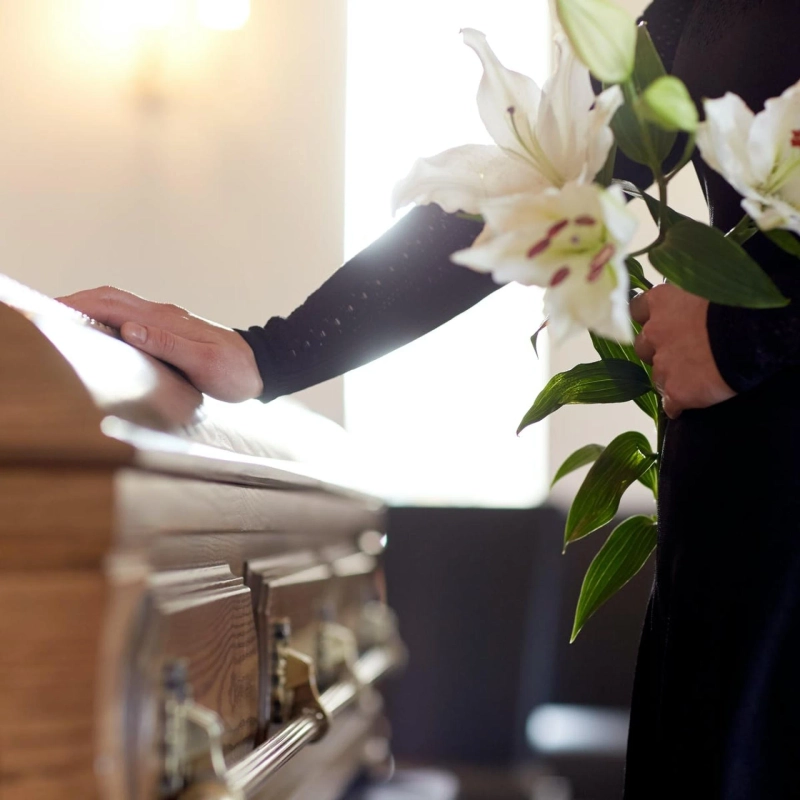We are extremely sorry if you have to read this. But, it is always better to be prepared in advance. There are many details to arrange when a close friend or loved one passes away or is expected to pass soon. There is a lot of stress to deal with at this point. Making arrangements of death ceremony for someone you care about may seem like a great responsibility to you when you're grieving.
Here are some tips to help you get through this difficult time.
You will be guided through every step of the process — starting with making those first calls when someone passes to handling all the financial and administrative issues that come about after a funeral.
Making Funeral Arrangements after Someone Dies
Making of the “First Calls”
Notify the appropriate parties of the death and arrange for the deceased body to be kept in a dead body freezer until the time all the relatives and loved ones do not reach.
the deceased must be transported to the funeral home or other facility immediately after death. Some families require that the deceased be transferred to another funeral home or city. Here, they might require a mortuary vehicle with a freezer box fitted to transfer the deceased body with ease to another city. Also, if the distance is more, air transfer is also possible. Preparing the cremation
It is ideal to cremate the deceased before dusk or dawn, whichever occurs first. A lamp is usually passed over the body by the chief mourner in most cultures. A white cloth is then wrapped around the deceased's body after the deceased's clothing has been removed. If the departed is a father, the oldest son is the chief mourner, while the youngest son is the chief mourner if the departed is a mother.
4. Body Ritual Preparation
The body is then washed with water and sesame oil is applied. After the body has been redressed, it is placed in a dead freezer box.
Small lights may be used to encircle the body as the children sing hymns.
To nourish the departed on their journey, women place rice in their mouths. A ring is placed around the neck of the deceased man by his wife, and then the coffin is closed.
During this process, the body is taken feet first and then to the cremation site.
5. Hindu Death Ceremony: The Cremation
There are many variations of Hindu funeral rites, so this death ceremony may not be applicable in all cases. Cremation typically takes place near the Ganges River if it takes place in India.
6. Carrying Body by Foot
In some cases, the casket may be transported by vehicle to the cremation site, but it is more common to carry it on foot.
Generally, only men attend cremations. Rice is again put in the mouth of the deceased, by men this time. Some people place coins over their eyes.
7. The Pyre
On top of the pyre is a platform where the deceased is buried, which is typically constructed with wood and straw. After three counter clockwise turns around the pyre, the body is lowered onto the platform. Covers are removed from caskets.
Using a wicker pot of water and a burning torch, the chief mourner circumnavigates the pyre three times. Each time someone hits the clay pot, a hole is knocked through which water can drain. This ritual signifies that the life of the deceased is leaving the vessel.
After this, ashes are collected the day after and scattered in the Holy River, Ganga possibly.
Takeaway!
As you can see, Hindus face an extremely complicated issue when they die. While we could not cover all the customs, ceremonies, and beliefs of Hinduism, we have provided a basic summary of what happens before, during, and after a Hindu's death and preparations for death ceremony. We hope that this article has helped you understand what to expect, what to do, and how to behave during an unfortunate death in your family.



